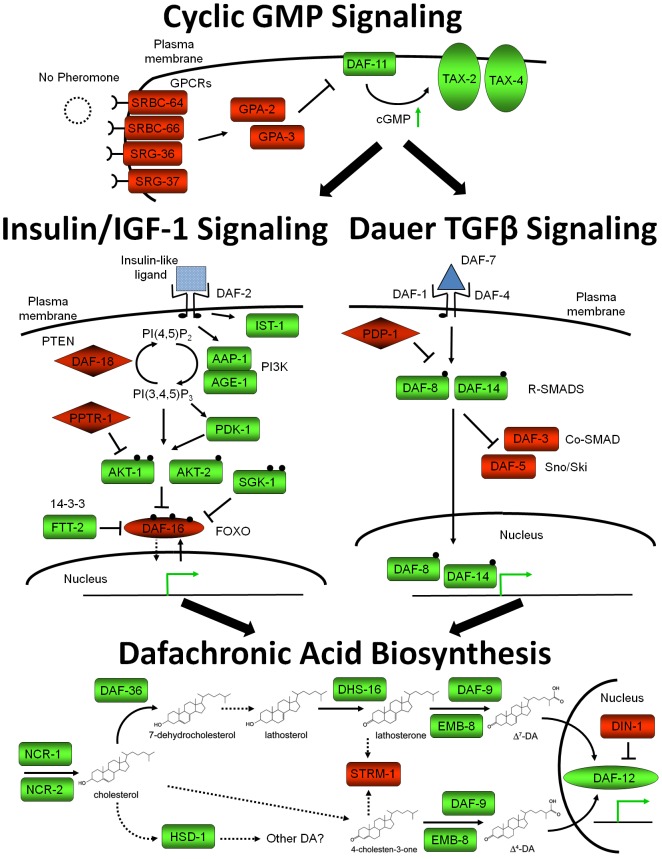Figure 2. Caenorhabditis elegans dauer pathways during reproductive development.
Four developmental pathways regulate C. elegans dauer entry and exit: a cyclic guanosine monophosphate (GMP) signaling pathway, an insulin/insulin-like growth factor 1 (IGF-1) -like signaling pathway, a dauer transforming growth factor β (TGFβ) pathway, and a nuclear hormone receptor (DAF-12) regulated by a class of steroid ligands known as dafachronic acids (DAs). This simplified model depicts the four pathways under conditions favoring reproductive development and repression of dauer arrest. Proteins in light green are “active,” while proteins in dark red are “inactive.” Black circles represent phosphorylation sites and diamond-shaped boxes represent phosphatases. Green arrows represent either increases in metabolite concentration or increases in gene transcription. Solid black lines represent well-established pathways, while dashed lines represent putative pathways. Adapted from [12], [54], [111], [129].

